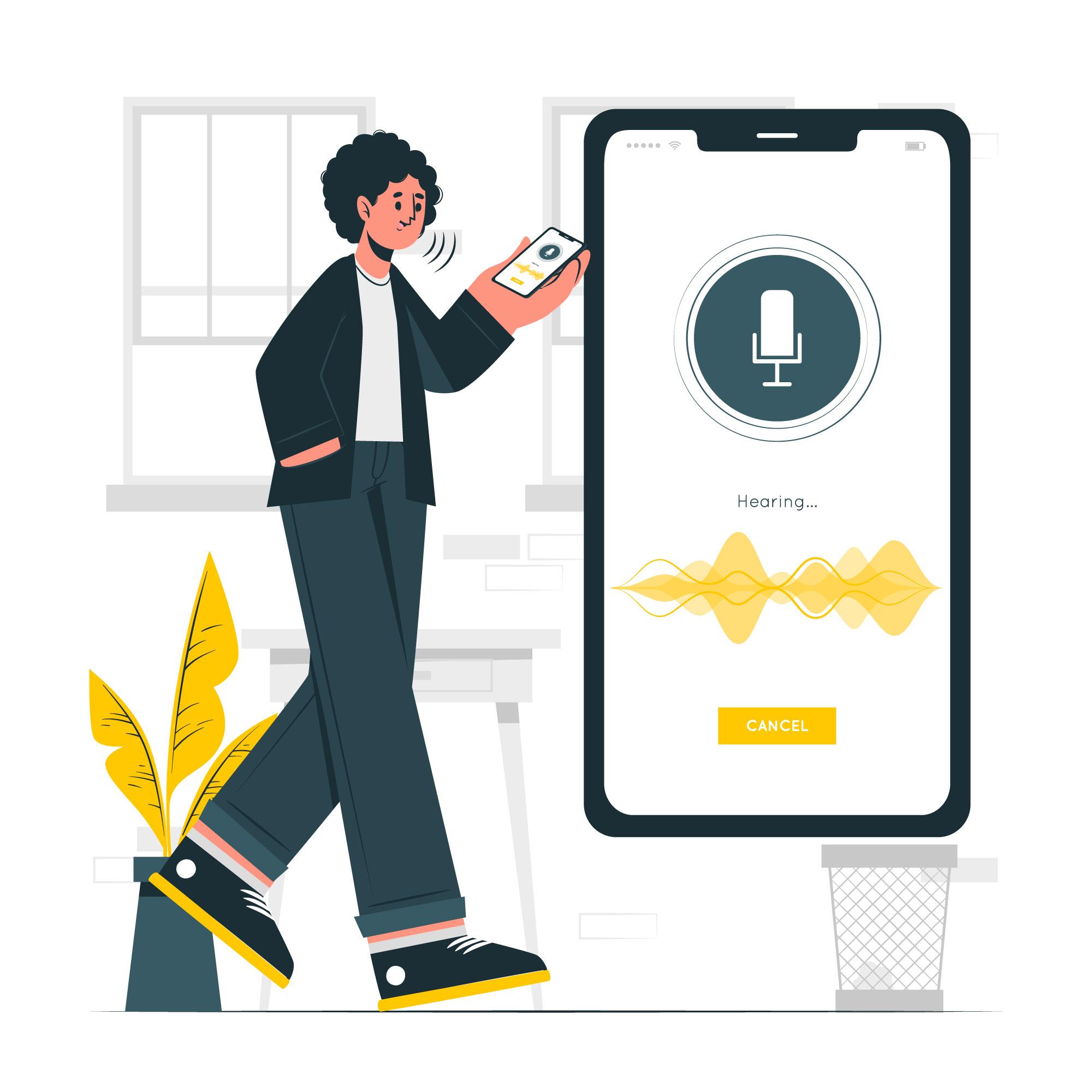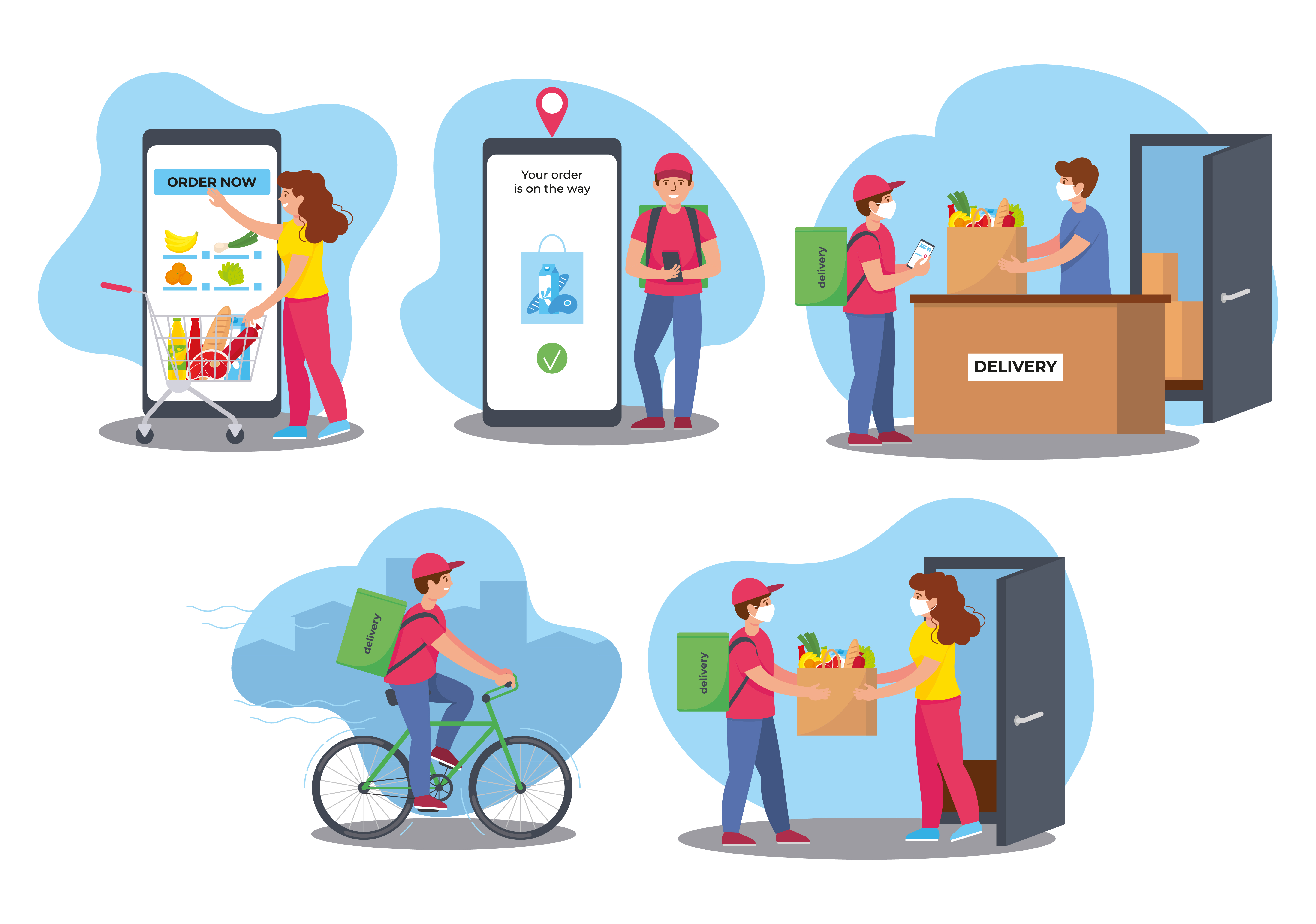Focus groups can help you understand your users’ sentiments qualitatively.
Austrian psychologist Ernest Dichter coined the term focus group. Since then, marketing research consultants have been using this qualitative method to observe customers’ preferences and dislikes keenly. The method concentrates more on qualitative analysis than numbers and facts.
Let’s delve deeper into this market research method and users’ behavior survey.
What Are Focus Groups?
A focus group is an intricately created small group of people to collect data for market research. This type of market research falls under qualitative research methods. Not only are the members’ answers gauged, but also their body language, like facial expressions and hand gestures, is noted. Their nonverbal responses, like grunts, also mean to the research consultants.
The company doing the market research for itself or for a brand chooses participants carefully based on their demographics. Within the participants, the coordinator or interviewer discusses one topic they are aware of. The discussion can center around a product or a service.
Using focus groups, a market research consultant collects data from the respondents about their sentiments, feedback, pros and cons of the product or service, and suggestions for improvement. Together, they explore answers to various questions like why, how, and what on the topic. This method is not keen on finding % of people buying your product but explores why people buy it.
During the group discussions, the brand explores the diagnostic questions like what is the issue market is facing and what are the possible solutions. Other than these, some primary applications for a focus group are:
(i) Help find real-time and uncensored responses to subjective and elaborate questions
(ii) Explore how products are used—sometimes, your product is used entirely in a different way than it has been designed for
(iii) Explore the gap in the products consumers are facing
(iv) Understand the market demand for a product in the making based on gaps
(v) Test new products with the participants
(vi) Explore feasibility of new ideas with consumers
(vii) Gauge consumers’ satisfaction (or the lack thereof) with your products and services
(viii) Understand the brand perception from a customer’s point of view
How Focus Groups Work
If you’re willing to invest in a focus group, here are some simple steps to understand its functioning:
1. Topic of Interest
Zero down on a topic you want to discuss. Let’s assume you plan to introduce cupcakes in your chain of shops that only sell donuts, eventually expanding later into a full-fledged confectionary brand.
Here, you might get tempted to discuss your donuts and your respondents’ choices. But refrain from deviating from the topic because time is precious for both parties. Also, your participants will lose their trust in your brand if you deflect from the schedule. Bringing in the future long-term plans would also be not very fruitful.
Once you have zeroed down on your study topic, you should also weigh if your research is limited to only exploratory study or if you want to supplement with quantitative analytics using online surveys.
2. Market Research Scope and Questions
Defining the scope of your study will help you focus on the topic. And preparing a list of questions—even better if sequenced—will help you stick to your time and agenda. For instance, in your discussion about cupcakes, focus only on your present idea rather than discussing with your participants about your big plan down the line or already furnished products—donuts.
You might like to prepare a list of questions regarding locations to target, flavors, door-step deliveries, smallest quantity to be sold. And don’t forget, you need to frame your topic discussion around various age groups because cupcake sells in the bumper for kids, but adults like them equally. So, including parents in the group is a wise decision.
During your discussion, you should also focus on what is liked by your respondents in the available options and what doesn’t. This would give you a perspective on flavors.
Try to pose your questions that prompt discussions instead of the binary yes or no. Keep them unambiguous. Avoid biasing with options or hints that favor your products and services or lead the respondents’ replies in the direction you want.

3. Moderator
Appoint a moderator who is an expert in encouraging people to open up and answer. Your moderator—needless to say—should be an expert on the topic but shouldn’t be biased towards your brand or least to say, should not show it. If you can offer them an assistant to jot down data, record the nonverbal sentiments of the users, and facilitate the group discussion, it would lead to successful research.
Your moderator and the assistant should be able to read your participants’ facial expressions and hand gestures. At the same time, they should remain calm all the time.
4. Participants
Keep your group managed under 6 to 10 participants. This will help you to focus on all the participants and collect meaningful data. Choose your candidates carefully so that their demographics meet your research objectives. In our case, you should include parents, teenagers, and people of all genders to get an idea about their choices in cupcakes.
Remember, some participants might play only for the sake of money. So, you need to filter such people out of the group for the sake of the right data collection. So, play well with your prerequisites and filter only the right candidates fond of desserts and aware of market products.
5. Discussion and Meeting
To facilitate your respondents, inform the place and time for the meeting apart from the topic. Don’t miss to inform them about the sensitive topics so that people who want to opt-out can do so on time. Also, let them know that you will be recording the call if you are planning to. Send reminders to your participants about the meeting, possibly with a location map route to reach the venue.
When the discussion commences, your moderator should make all the participants comfortable. Make them aware of the process to be followed during the discussion. Some members might feel overwhelmed by strangers. So, motivate them and calm them down. The moderator should also encourage silent members to participate. The round table approach is the best way to involve every opinion.
Moderator should also avoid abrupt topic changes to keep the discussion focused and crisp.
How Opinionest Can Help You
Opinionest, one of the best online survey sites in India, helps brands like yours with online surveys. In association with TrackOpinion, our parent brand, we help our clients understand their users and market sentiments better using focus groups study and many other processes. Should you be interested in conducting a market study using focus groups, we would be happy to help. Please get in touch with us here.




You may also like

The Future of Voice Surveys: Will We Be Talking to Our Devices to Complete Surveys?

How Your Opinions Shape A Brand’s Services and Its Performance in the Market

The Role of The Respondent Community in Your Survey Journey

Survey Incentives Vs. Intrusive Ads: How to Tell the Difference

Copyright © 2025-2026 Track Opinion. all rights reserved.



